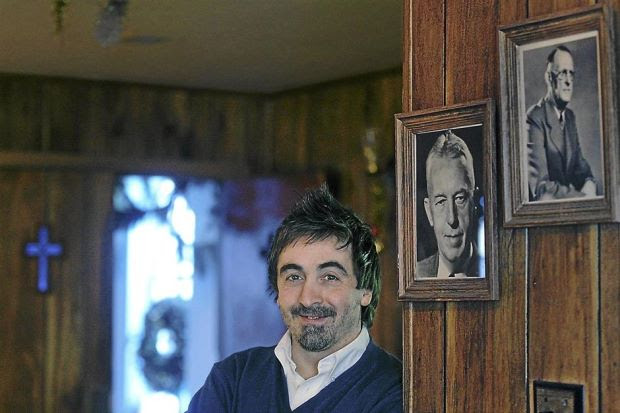Ex-users help heroin addicts out of death spiral.
THERE was a time when a shot of heroin was an important part of his morning routine.
In a way, it still is.
Larry Soper is a residential manager at the Interval Brotherhood Home (IBH) in Coventry Township, Ohio, US, where many of the area’s heroin addicts go for residential treatment.
It’s a facility funded by taxpayers through the county Alcohol Drug and Mental Health board.
Soper oversees about 30 men, who live at the facility for several weeks. Nearly every client is opiate dependent. His counterpart – women’s house manager Nicole Cunningham – has about the same number of opiate-addicted females.
“Opiate users are younger and younger and younger,†Soper said. “Before, the users were older, late 20s to 50s. Look at the clients we have now, 19, 20 years old.â€
Cunningham quickly agrees. Every day she works with young adults whose addictions started in the earlier teens. Streetwise herself after a prison stint, and five years sober, Cunningham seems amazed at the faces she sees.


